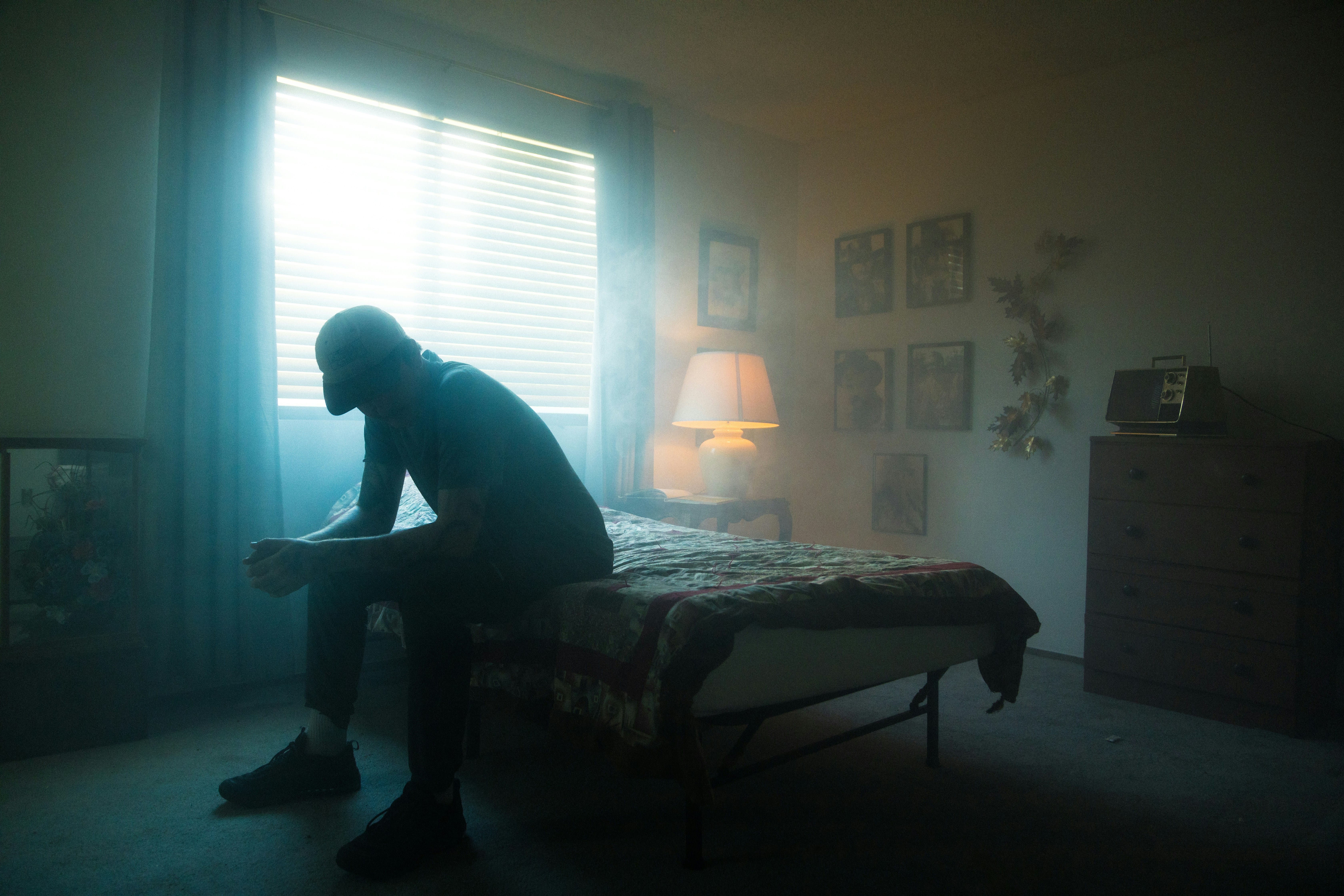
Anyone of any gender identity can experience or perpetrate abuse.
While men are often left out of the discourse surrounding sexual violence, men also experience sexual abuse. There are many causes and consequences to this misunderstanding that have serious consequences for male victims, from underreporting to receiving services and support.
Stigma
Immense stigma surrounds the topic of sexual abuse and male victimization. Many still believe that men can’t be raped. However, data shows that 1 in 6 men have been sexually abused or assaulted, and that 1 in 10 rape victims are male. As with all victims, men can be victimized by acquaintances and strangers. Perpetrators may be motivated by power, control, sexual gratification, or the intent to humiliate. And again, as with all victims, experiencing sexual violence can have extreme lifelong impacts on one’s physical and mental health.
Due to views on masculinity and homophobia, barriers exist to victims coming to terms with or identifying that they have been abused. Men are often socially conditioned not to have emotions, not to be victims, and not to ask for help. They may not realize that they can be subject to abuse, given that common discourse and resources mostly focus on female victims.
Furthermore, there are internal and external hurdles in reckoning with the gender of the perpetrator. Common misconceptions include why a man would complain if a woman sexually abuses them – they are supposed to like sex. Female predatory behavior is often viewed much differently than the reverse, putting up barriers to men and boys accessing the resources and support they need.
Historical and current homophobia can make it even more difficult for men to come forward when they are victims of abuse from male perpetrators. For instance, if a man is perpetrated by another man, or a group of men, the victims themselves or others may question if they are homosexual.
For any victim of sexual violence, there can be massive personal confusion, questioning ‘why didn’t I fight back’ or ‘did I like or enjoy parts of it?’ For victims with male genitalia, they may have an erection or ejaculate during an abusive experience that is unwanted and/or traumatic. This can lead to psychological confusion and distress, increasing the difficulty in processing what happened or disclosing it.
Underreported and Underserved
Given the stigma, lack of awareness, and information on male sexual victimization, male victims may have ‘delayed disclosure’ or not report, with literature stating that approximately 90-95% male sexual victimizations are not reported. Laws have even been late to include gender neutral terms in defining sexual abuse, or may still not be fully applicable to all victims. Male victims can and often experience victim blaming, shame, and may fear dishonoring their families and cultures in coming forward about experiencing abuse.
Dually, men may face increased bias and further trauma in the reporting and justice-seeking process due to not being an ‘ideal victim’ and facilities being unable to serve male victims. Research estimates that supportive services for male victims are “over 20 years behind” those of services for females, leaving most men without the trauma-informed care they need.
Supporting Male Survivors
It could be your dad, your brother, your teammate, or someone in your community – male survivors of sexual abuse have been overlooked and silenced for far too long. Like all victims of abuse, men deserve to be believed, heard, and supported with compassion rather than with judgment or stigma. Take a moment to challenge any misconceptions you may have regarding victims of sexual abuse. Read the stories of male survivors. Advocate for an increase in resources and services for men that are trauma-informed. Remember that abuse can happen to anyone, be perpetrated by anyone, and our support should reflect these realities.
If you or someone you know needs support, visit our resources and crisis resources.
Resources
- MaleSurvivor
- Understanding Male Socialization, Stigma, and Reactions to Sexual Violence
- Surviving Ohio State (HBO)
Kathryn McClain, MSW, MBA
Program and Partnerships Director at #WeRideTogether
kmcclain@weridetogether.today
References
- Clements, K. W., Berberian, S. E., Alarcon, J. M., & Rojas, S. M. (2023). Sexual victimization among boys and men: A review of 20 years of research. Trauma, Violence, & Abuse, 24(3), 1287–1304. https://doi.org/10.1177/15248380221150393
- Delaney, M., & Easton, S. D. (2023). Examining sexual violence against men and boys: Challenging gender assumptions and cultural norms. Aggression and Violent Behavior, 68, 101860. https://doi.org/10.1016/j.avb.2023.101860
- Hines, M. (2023). Male sexual victimization by women: Incidence rates, mental health, and conformity to gender norms in a sample of British men. Archives of Sexual Behavior, 52, 2383–2397. https://doi.org/10.1007/s10508-023-02692-3
- Langevin, R., Curnoe, S., & Bain, J. (2011). Sexual offenses committed by women. The Journal of the American Academy of Psychiatry and the Law, 39(2), 197–204. https://jaapl.org/content/39/2/197
- RAINN. (n.d.). Victims of sexual violence: Statistics. Rape, Abuse & Incest National Network. https://rainn.org/statistics/victims-sexual-violence
- Sivakumaran, S., & Zraly, M. (2022). Men as survivors: Sexual violence and masculinity. Journal of Trauma & Dissociation, 23(5), 510–529. https://doi.org/10.1080/15564886.2022.2069898
.jpeg)



